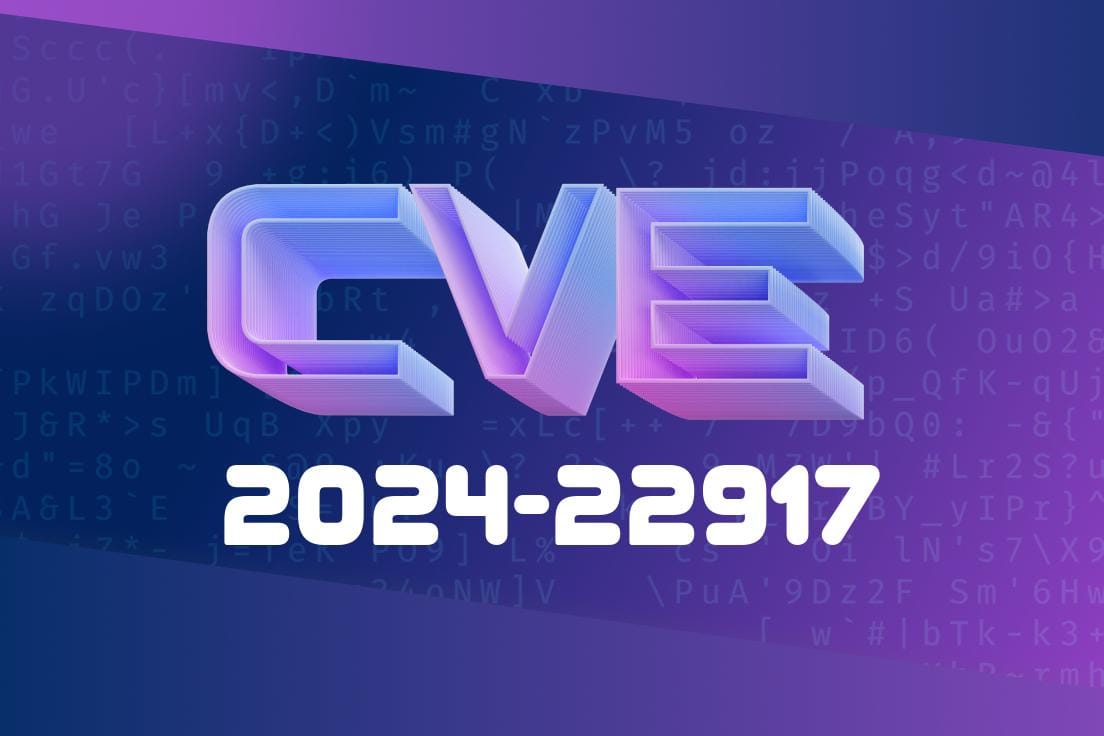A recent security advisory has revealed the existence of a high severity SQL injection vulnerability in the Dynamic Lab Management System (DLMS) Project in PHP v.1.. This security flaw, with the unique identifier CVE-2024-22917, allows a remote attacker to execute arbitrary code via a specially crafted script. In this post, we will discuss the vulnerability's technical details, provide code snippets illustrating the exploit, link to original references, and offer some recommendations to address this risk.
Exploit Details
CVE-2024-22917 exists due to improper sanitization of user-supplied input within the DLMS application when handling parameters passed through HTTP GET and POST requests. Consequently, a malicious attacker can craft malicious SQL statements that, once executed, allow unauthorized changes to the underlying database, such as adding, modifying, or deleting records.
An example of such a crafted script, which an attacker could inject via a vulnerable parameter, is as follows:
' OR 1=1; --
The above code snippet essentially forces the SQL query resolving to TRUE, allowing the attacker to bypass any authentication mechanisms that depend on the affected parameter.
Original References
For a full and in-depth analysis of the CVE-2024-22917 vulnerability, please refer to the following resources:
1. Official CVE Database Entry: CVE-2024-22917
2. NVD (National Vulnerability Database) Synopsis: NVD - CVE-2024-22917
3. Security Advisory by the Original Researcher: Dynamic Lab Management System SQLi Vulnerability
Mitigation Strategies
To protect your DLMS instance from CVE-2024-22917 and similar SQL injection attacks, consider the following recommendations:
1. Update to the Latest Version: Ensure that your DLMS installation is running the most recent stable version available. Keep up to date with any future security patches or updates released by the developers.
2. Sanitize User Input: Always validate, filter, and sanitize any user-supplied data before using it within the application. Popular PHP libraries like PHP Data Objects (PDO) and MySQLi Prepared Statements can assist you in this process.
3. Implement Proper Access Controls: Make sure to implement robust access control mechanisms that restrict access to sensitive data and functionality. Additionally, use prepared statements and stored procedures instead of string concatenation to build SQL queries.
4. Monitor and Log Suspicious Activity: Regularly review your system and application logs for any signs of potential intrusion attempts or security vulnerabilities.
5. Educate Your Users: Train your users to adopt good security practices, such as creating strong passwords, being aware of social engineering attacks, and being cautious when providing sensitive information online.
Conclusion
The CVE-2024-22917 vulnerability is a critical security risk affecting the Dynamic Lab Management System Project in PHP v.1.. By exploiting this SQL injection vulnerability, an attacker could potentially execute arbitrary code and manipulate the affected system's database. It is essential for organizations to take the necessary steps to address this issue and ensure the continued security of their infrastructure. By following the above-mentioned mitigation strategies, you can help protect your organization's valuable data and reduce the likelihood of a successful attack.
Timeline
Published on: 02/27/2024 02:15:06 UTC
Last modified on: 02/27/2024 14:20:06 UTC
